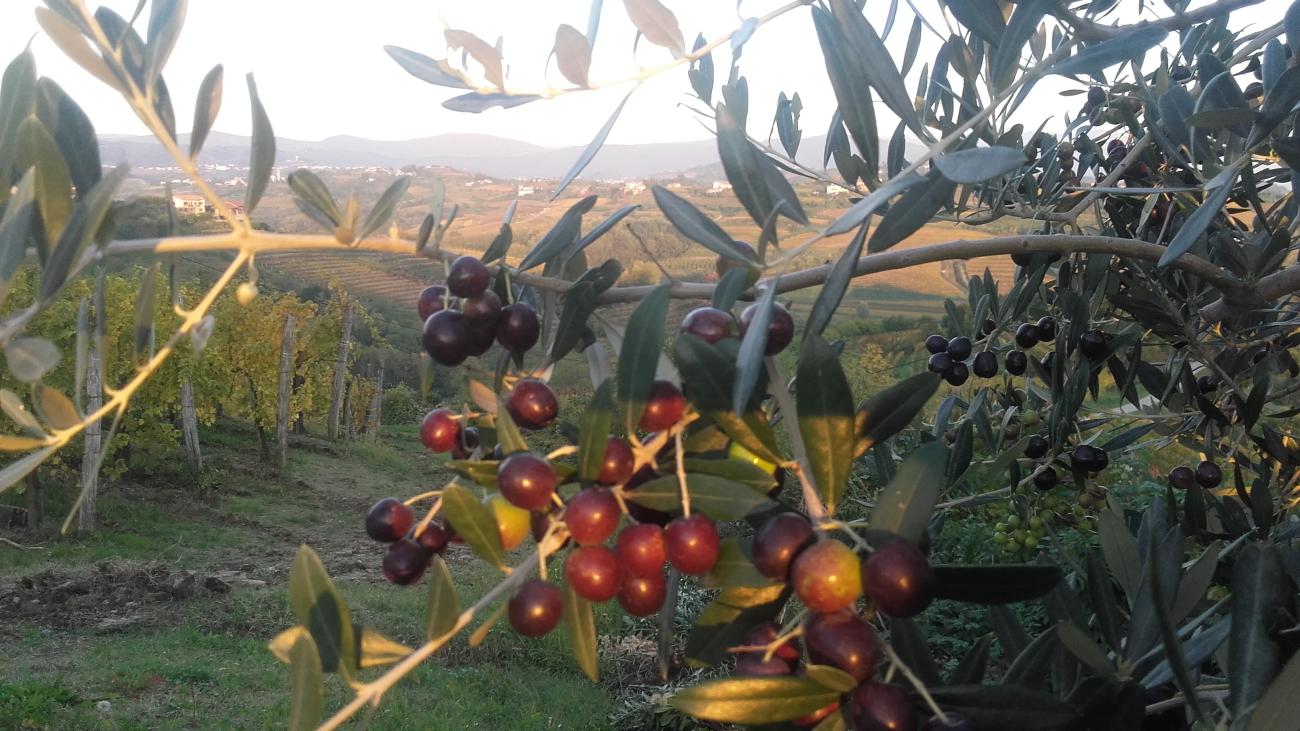
The worst of the cold snap seems to be over, but violent winds and low temperatures have damaged fruit trees, especially apricot trees. Olive groves, on the other hand, have suffered less damage than expected, says Irena Vrhovnik of the Nova Gorica Institute of Agriculture and Forestry, “Olive groves have remained largely intact, but some exposed sites have been damaged. Young olive trees in exposed sites, especially trees planted last year, have suffered the most damage.”
Olive trees are usually pruned in March. While young olive trees need little pruning, frost-damaged trees require heavy pruning. Severely damaged olive trees, on the other hand, should be replaced, says Vrhovnik, “Evidence from the past few years tells us that severely damaged trees need years to recover. If you plant a new olive tree, it usually takes less time to grow into a mature tree.”
Vrhovnik also believes that olive trees should not be pruned yet, “Wait until temperatures hover around 6 degrees Celsius. Then you can prune them.” Olive trees are best pruned in March, but the lusher ones can be pruned in April.

































































